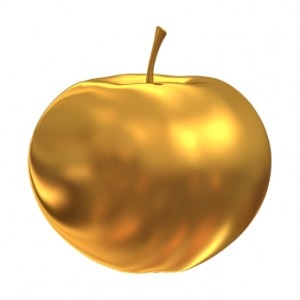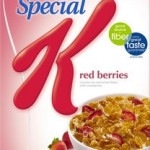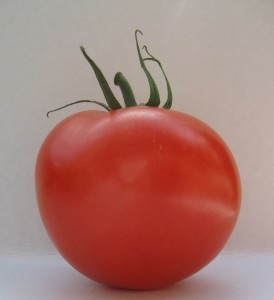An Apple A Day . . .
Keeps the doctor away! How often have you heard that – and who said such a thing?
It seems to be a variant of a Welsh proverb, published in 1866, equating eating an apple when going to bed and keeping the doctor from earning his bread.
What’s So Special About Apples?
Magical and aphrodisiac powers are attributed to lots of foods and the apple doesn’t disappoint – remember the Garden of Eden? Ancient Greeks would toss an apple to propose to a woman. Catching it signaled acceptance.
Apples are good for you. They grow in every state in the continental US. They have Vitamin C and flavonoids (antioxidants) to help immune function and aid in preventing heart disease and some cancers.
They reduce tooth decay by cleaning your teeth and killing off bacteria. They are easily digestable and their high fiber content adds bulk that helps the digestive process. They have pectin, a soluble fiber, that encourages the growth of good bacteria in your digestive tract.They are a good source of potassium, folic acid, and vitamin C.
What Makes An Apple An Apple?
Apple flavor is a blend of tart, sweet, bitter, and that distinct apple aroma — a mysterious blend of 250 trace chemicals naturally contained in the fruit. The sweetness comes from the 9 – 12% sucrose and fructose content.
A medium apple weighs about 5 ounces, has around 81 calories and 3.7 grams of fiber from pectin, a soluble fiber. Unpeeled apples have their most plentiful nutrients just under the skin.
Popular Apples Found In Markets:
- Braeburn: sweet/tart flavor; yellow with red stripe/blush; firm, great for snacking. Season: October to July.
- Crispin: sweet flavor; green-yellow; firm, great for snacking and pies. Season: October to September.
- Empire: sweet/tart flavor; solid red, crisp, great for snacking and salads. Season: September to July.
- Fuji: sweet/spicy flavor; red blush, yellow stripes/green; crisp, great for snacking, salads and freezing. Season: Year round.
- Gala: sweet flavor; red-orange, yellow stripe; crisp, great for snacking, salads, sauce and freezing. Season: August to March.
- Golden Delicious: sweet; yellow-green; crisp, great as a snack, in salads, sauce and pies. Season: Year round.
- Granny Smith: tart and green; occasionally has a pink blush; crispy, great for baking, snacking, sauces, pies and salads. Season: Year round.
- Honeycrisp: sweet/tart flavor; mottled red over a yellow background; crisp, best for snacking, salads, pies, sauce and freezing. Season: September to February.
- Jonathan: spicy and tangy; light red stripes over yellow or deep red; less firm and good for pies and baking. Season: September to April.
- McIntosh: tangy; red and green; tender and best for snacking, sauce and pies. Season: September to July.
- Red Delicious: sweet; can be striped to solid red; crisp; good for snacking and salads. Season: Year-round.
- Rome: sweet; deep, solid red; firm and great for sauce, baking and pies. Season: October to September.
SocialDieter Tip:
Basic apple info: Try to find apples that haven’t been waxed. Farmers’ markets are probably the best places to look. You might want to peel the skin off if it is waxed.
Wash your apple thoroughly before eating or cutting it up to decrease the amount of pesticide residue or bacterial contaminants.
Keep apples in the fridge to keep them in their best shape and so they last longer. Unrefrigerated they get mushy in two or three days. Apples should be firm and blemish-free.
Cut apples will turn brown, a result of oxidation. To prevent that, toss them with citrus juice — oranges, lemons, and limes all work equally as well.




